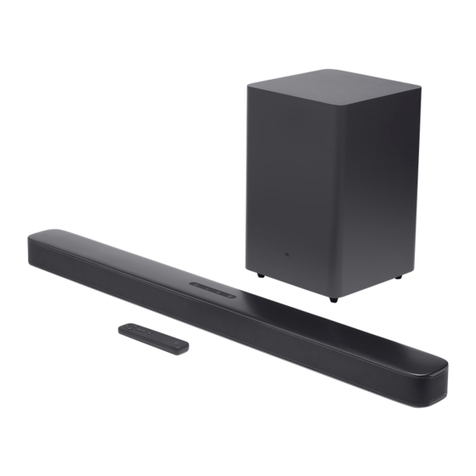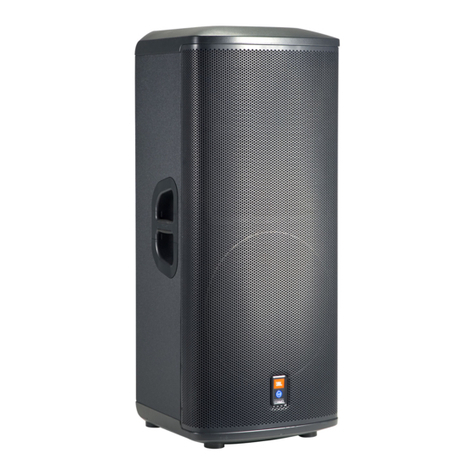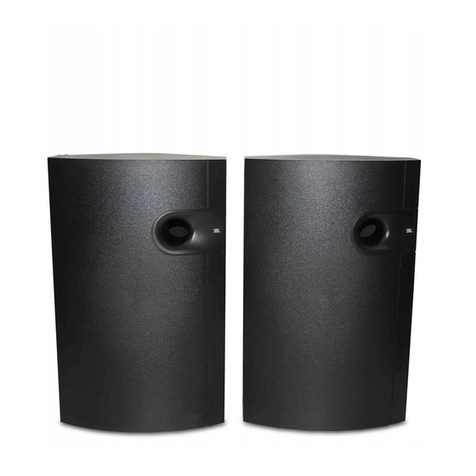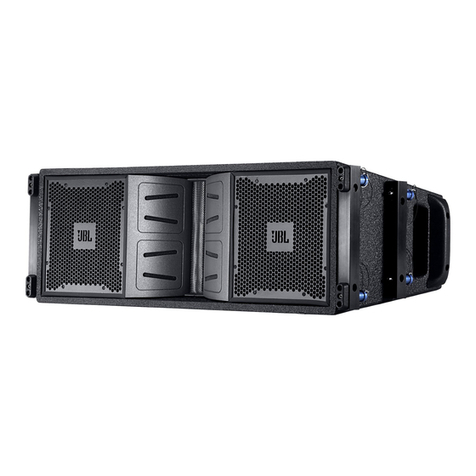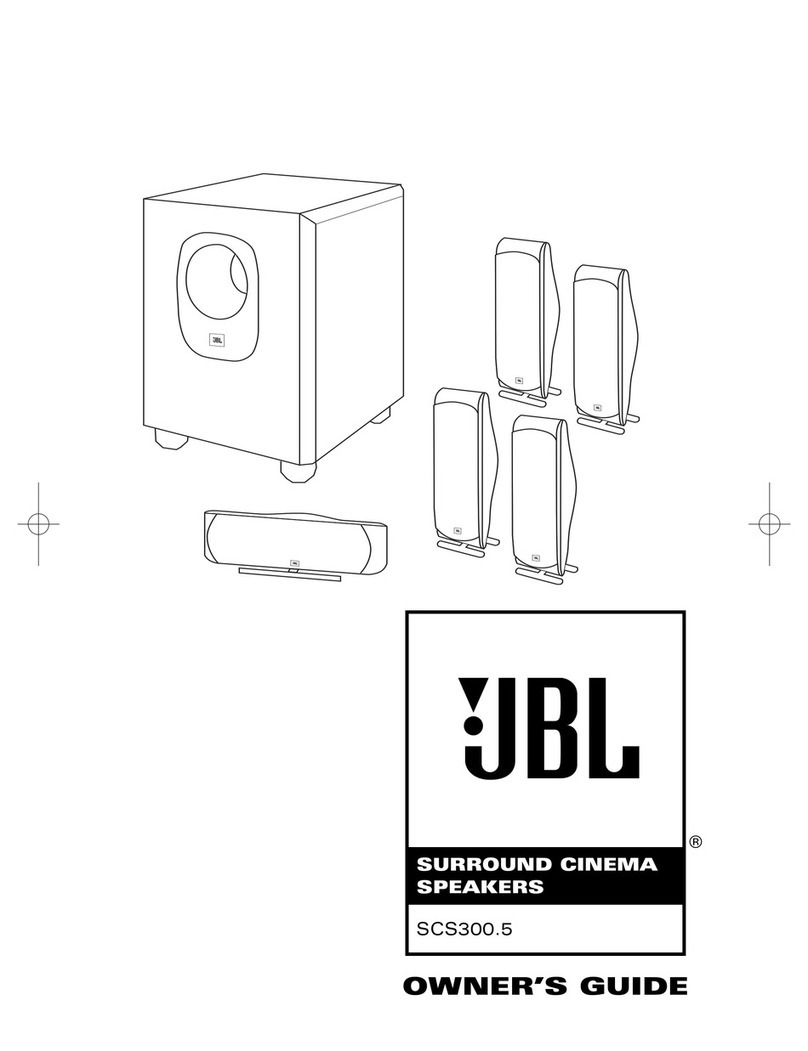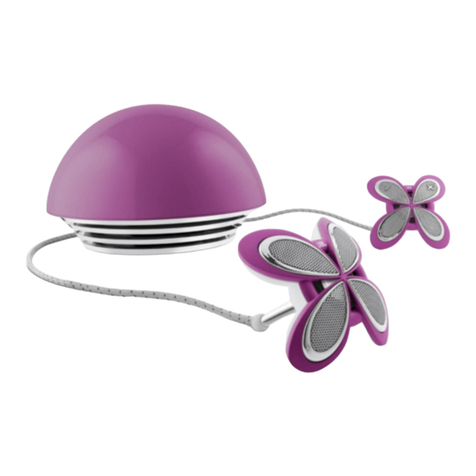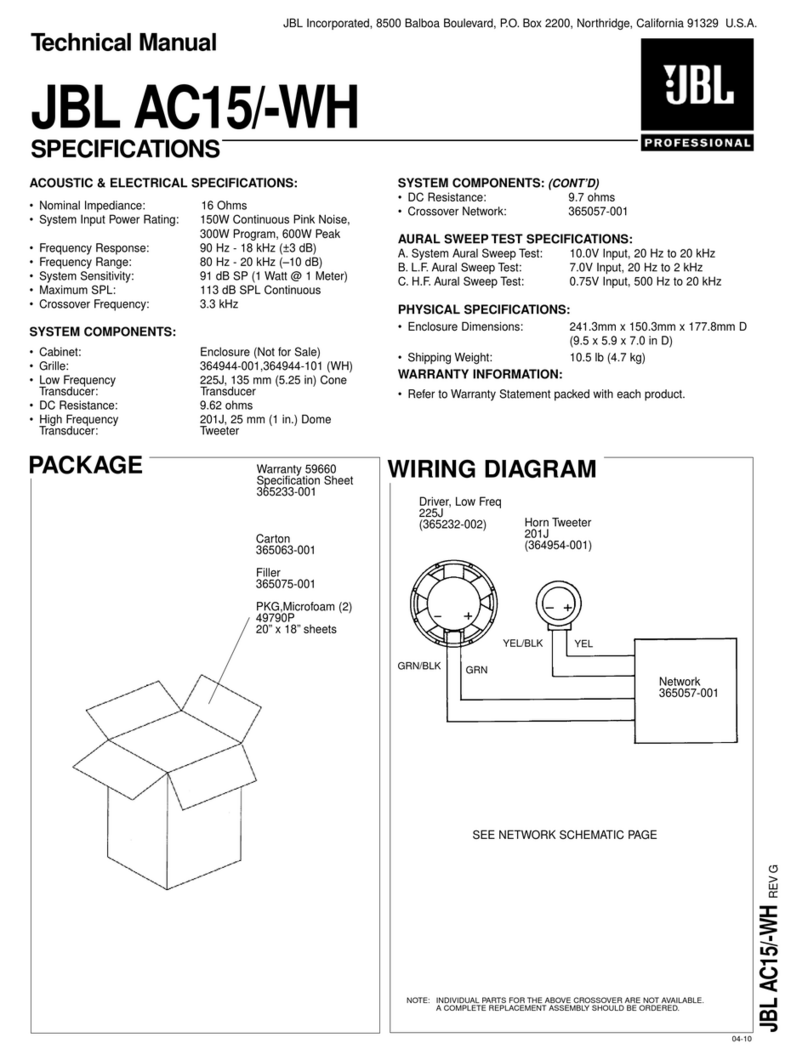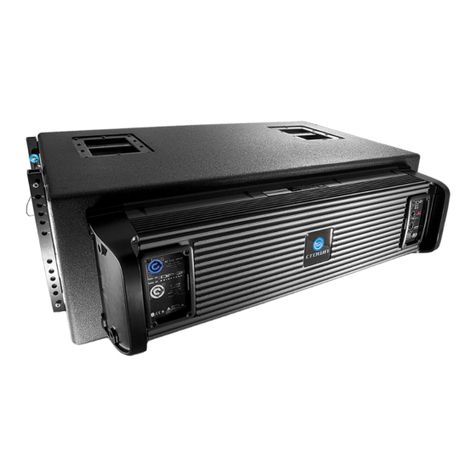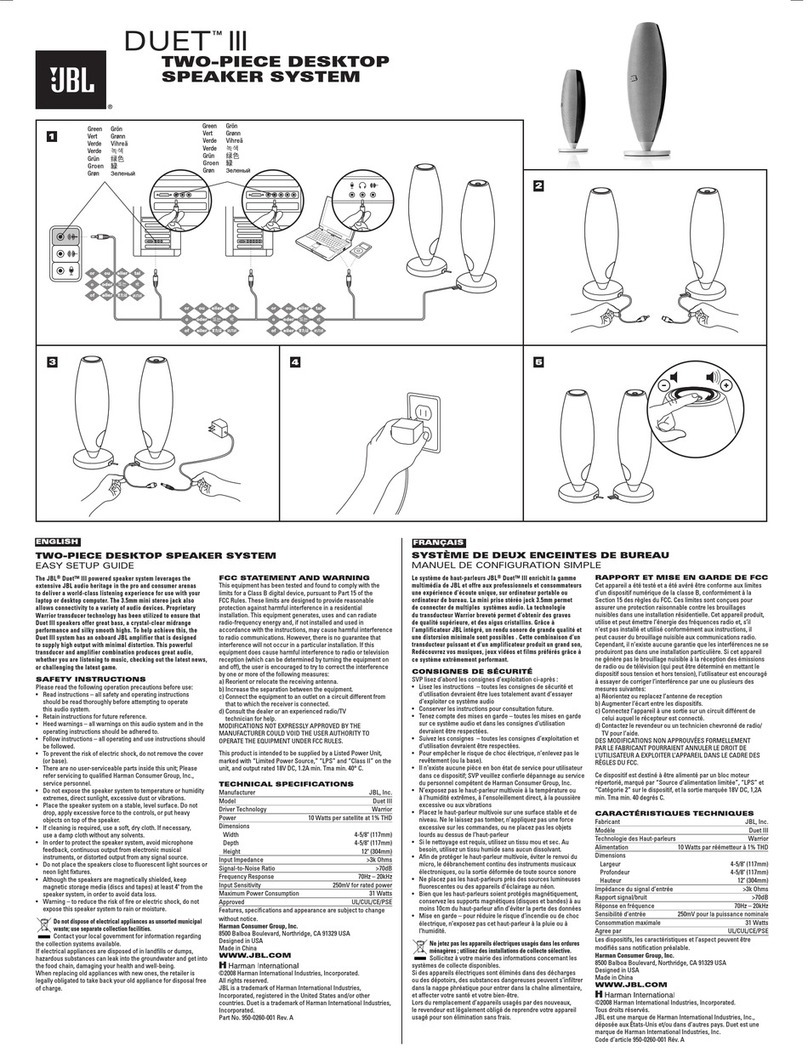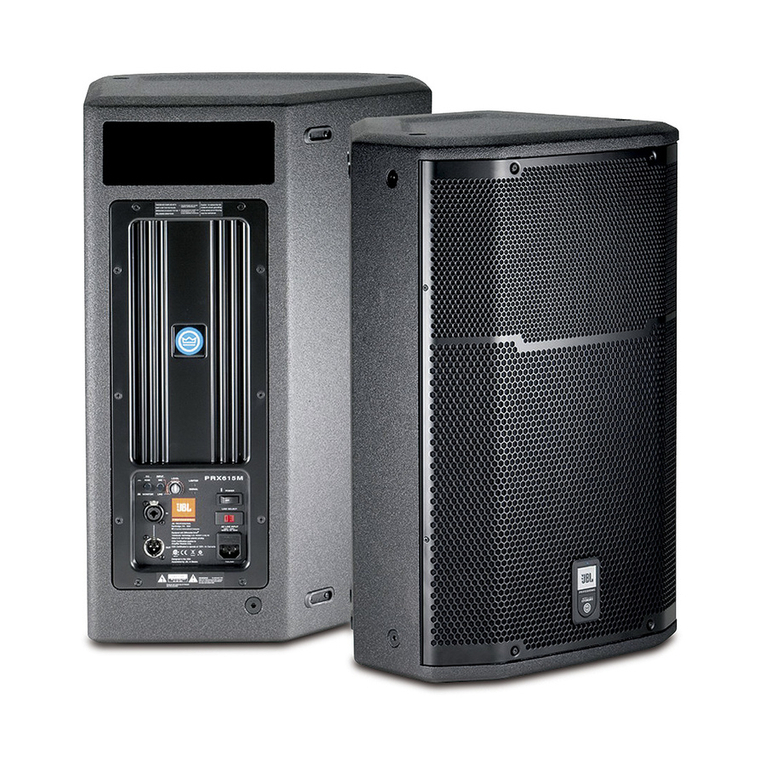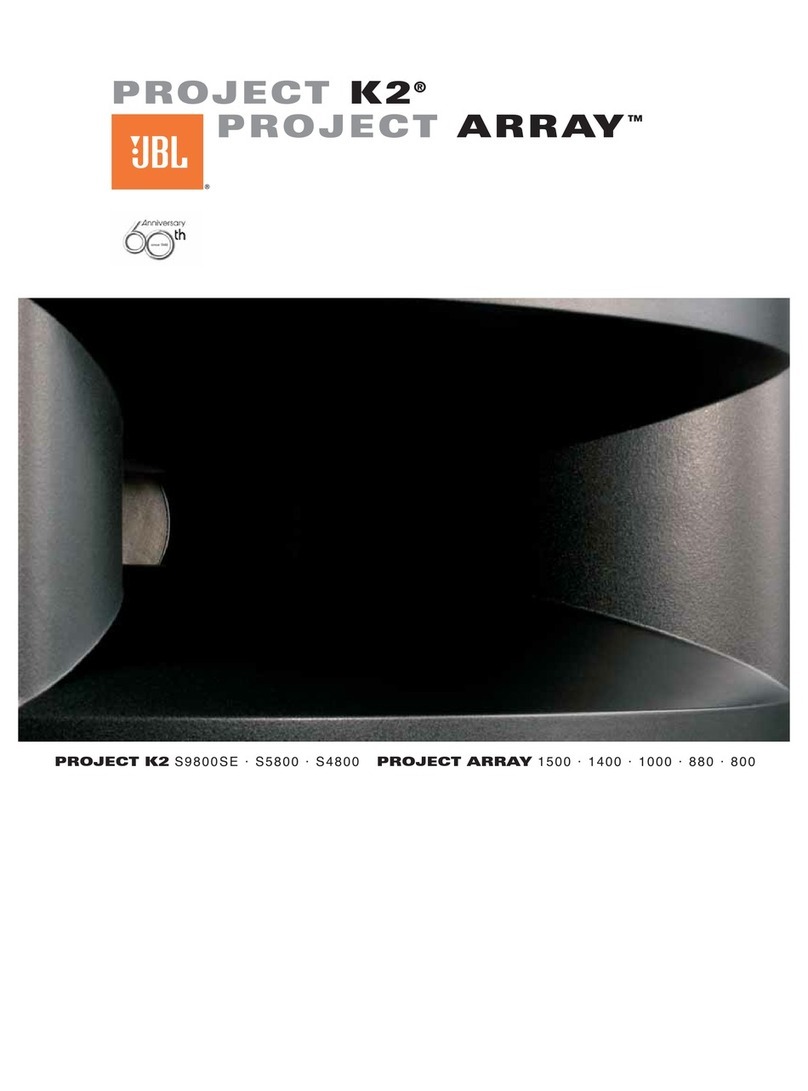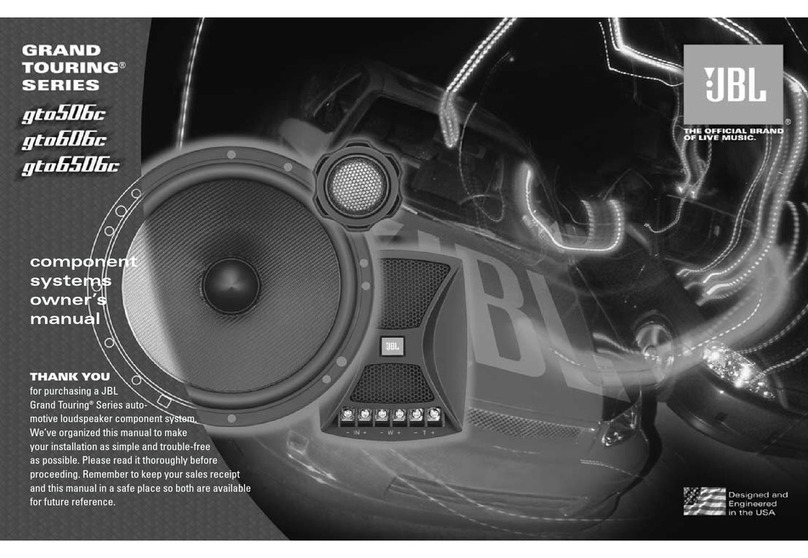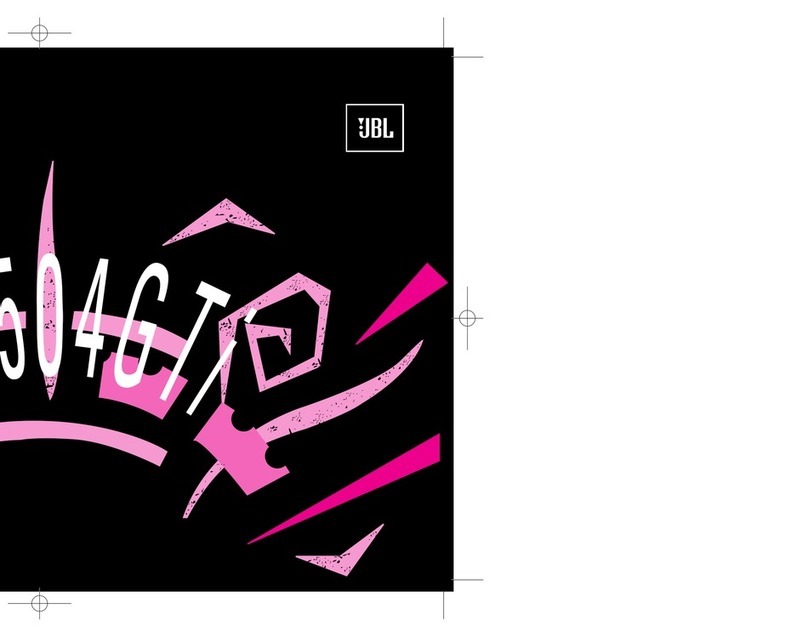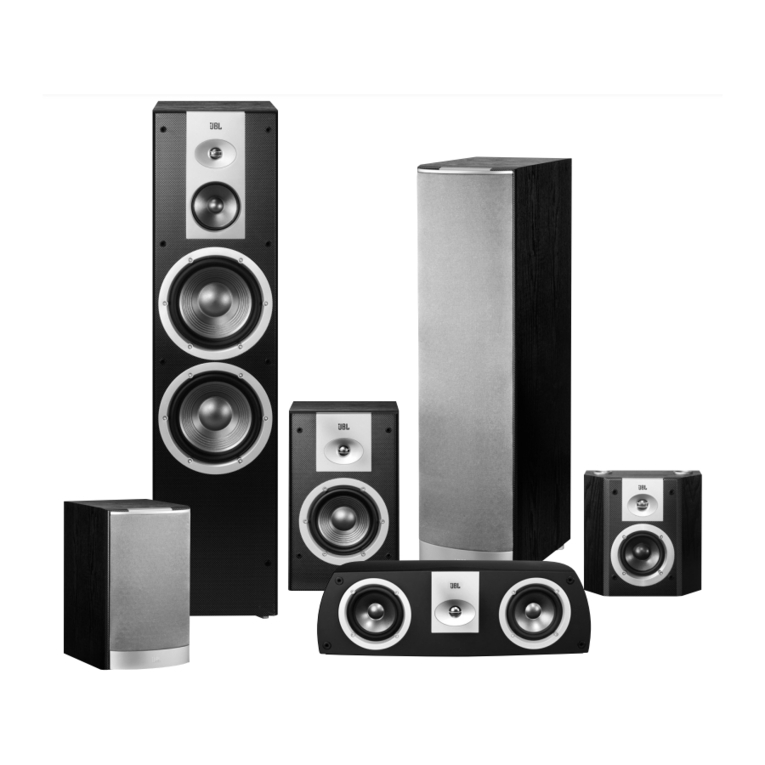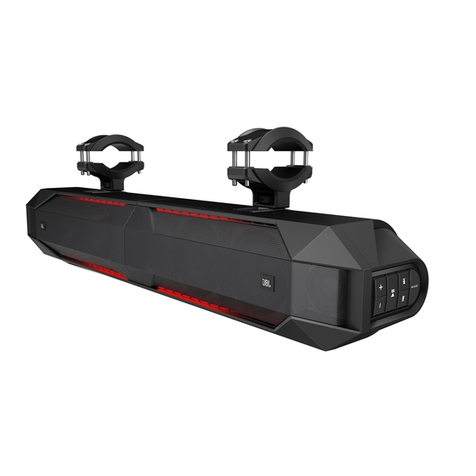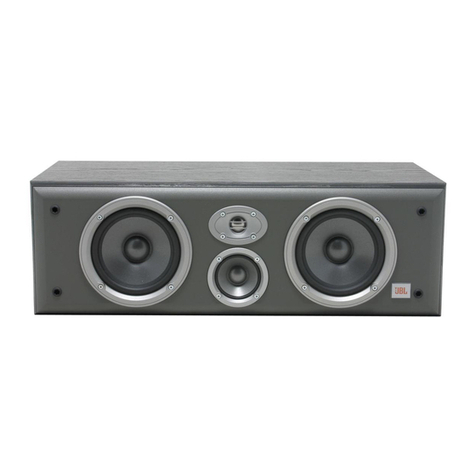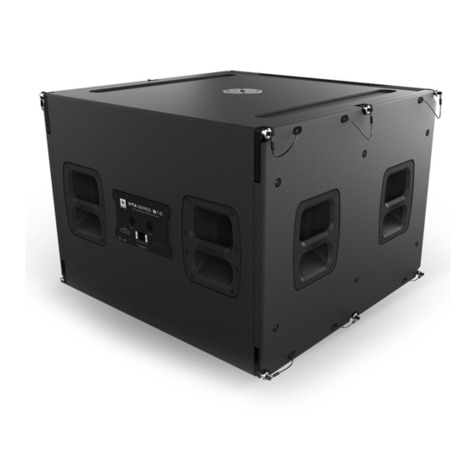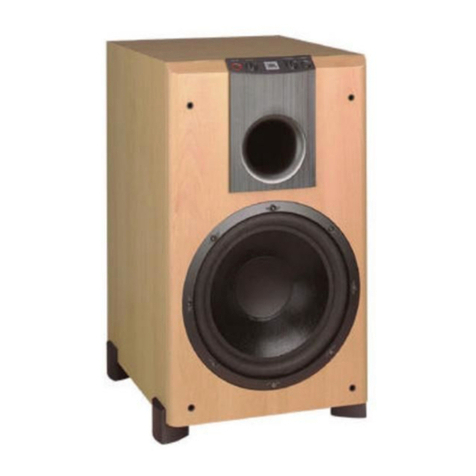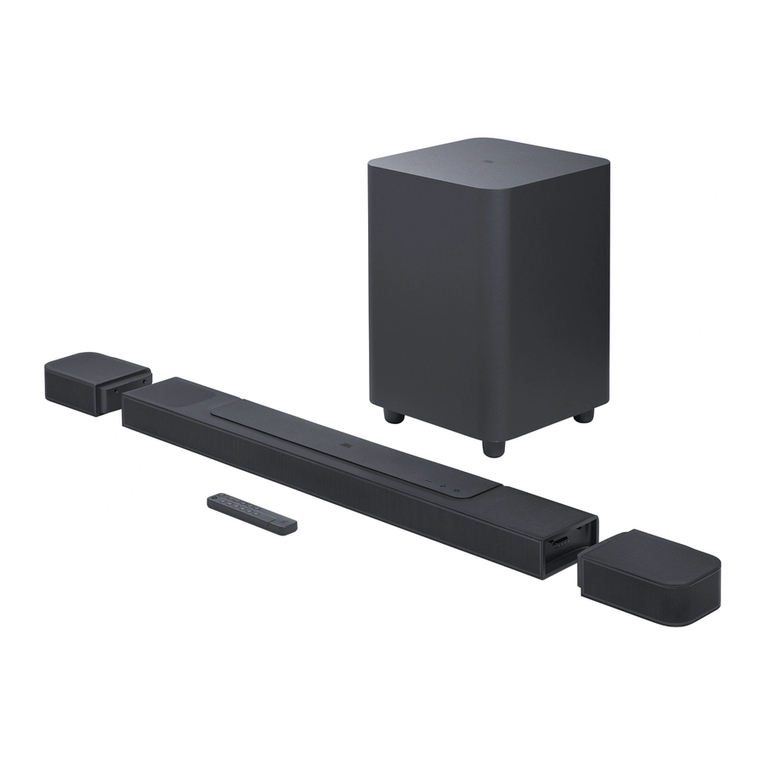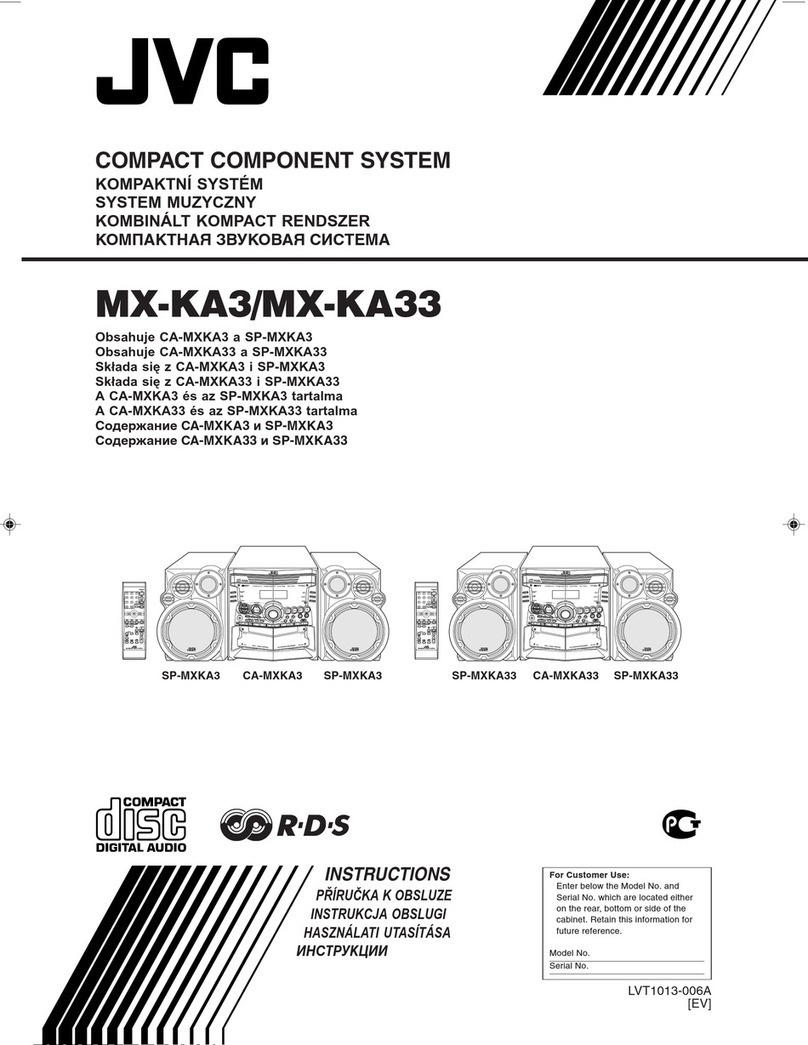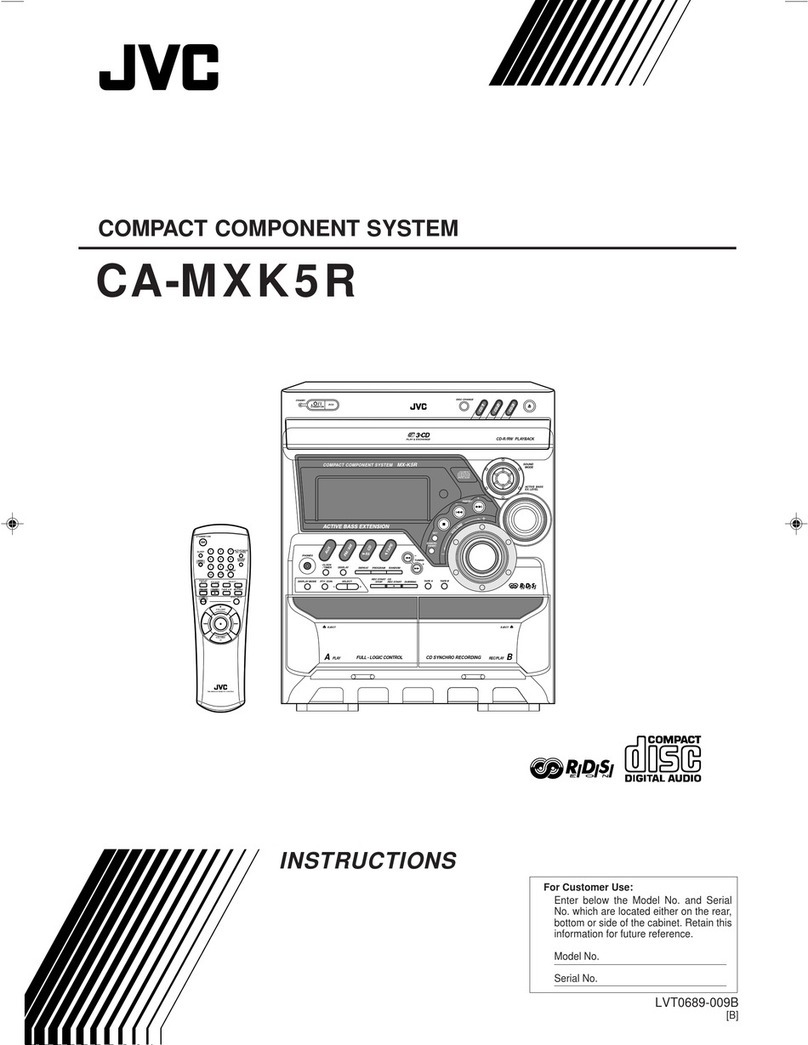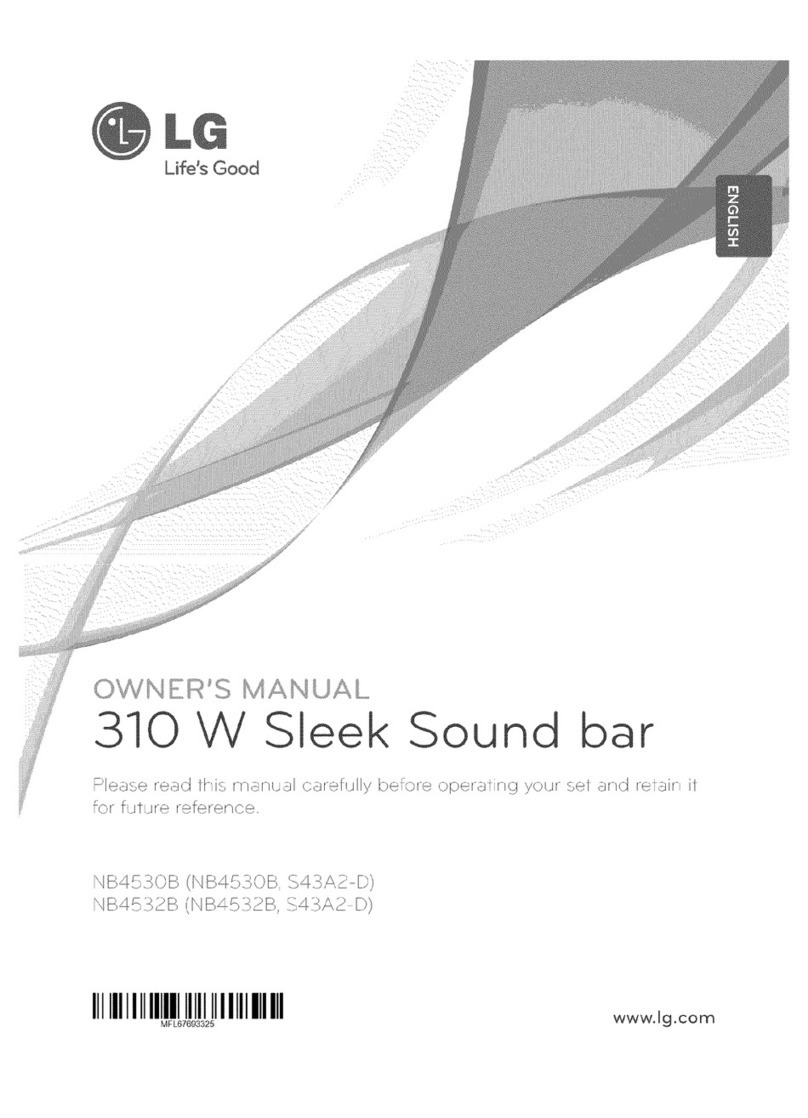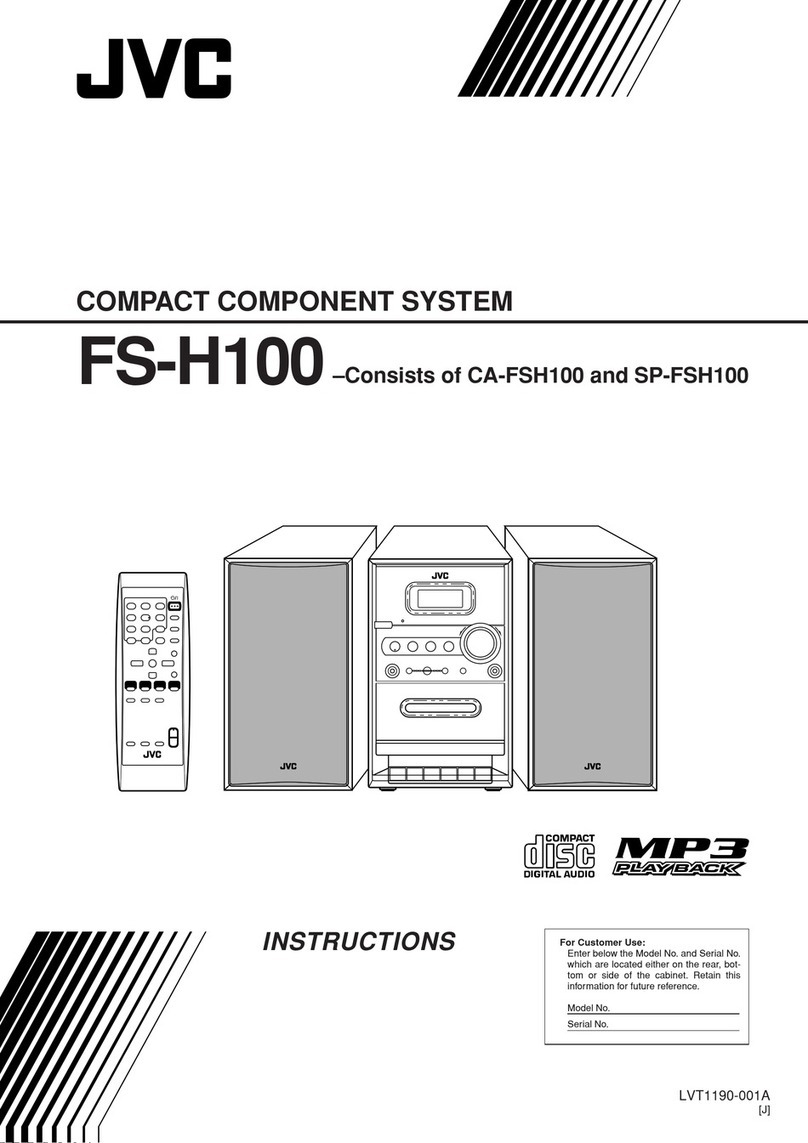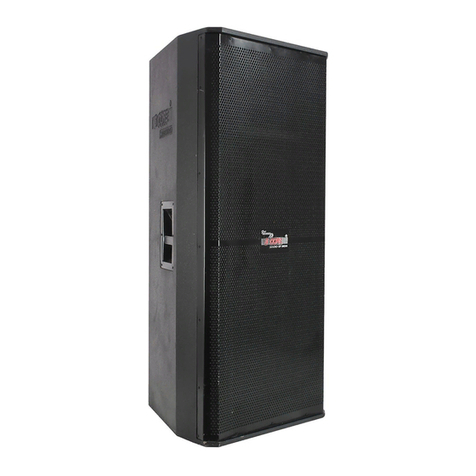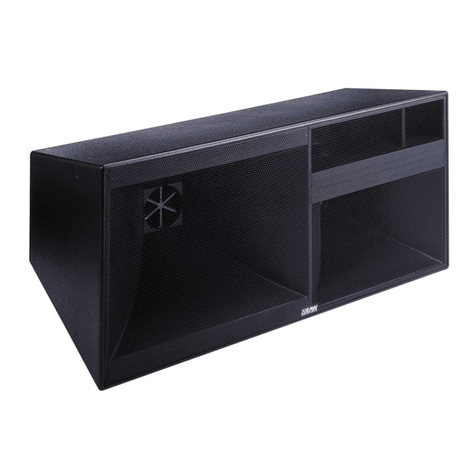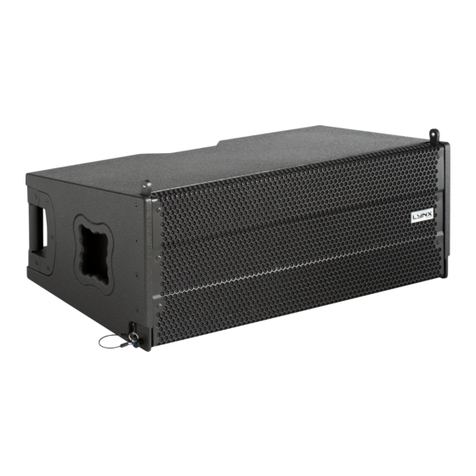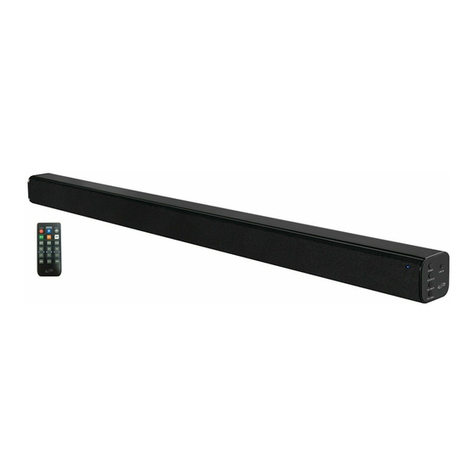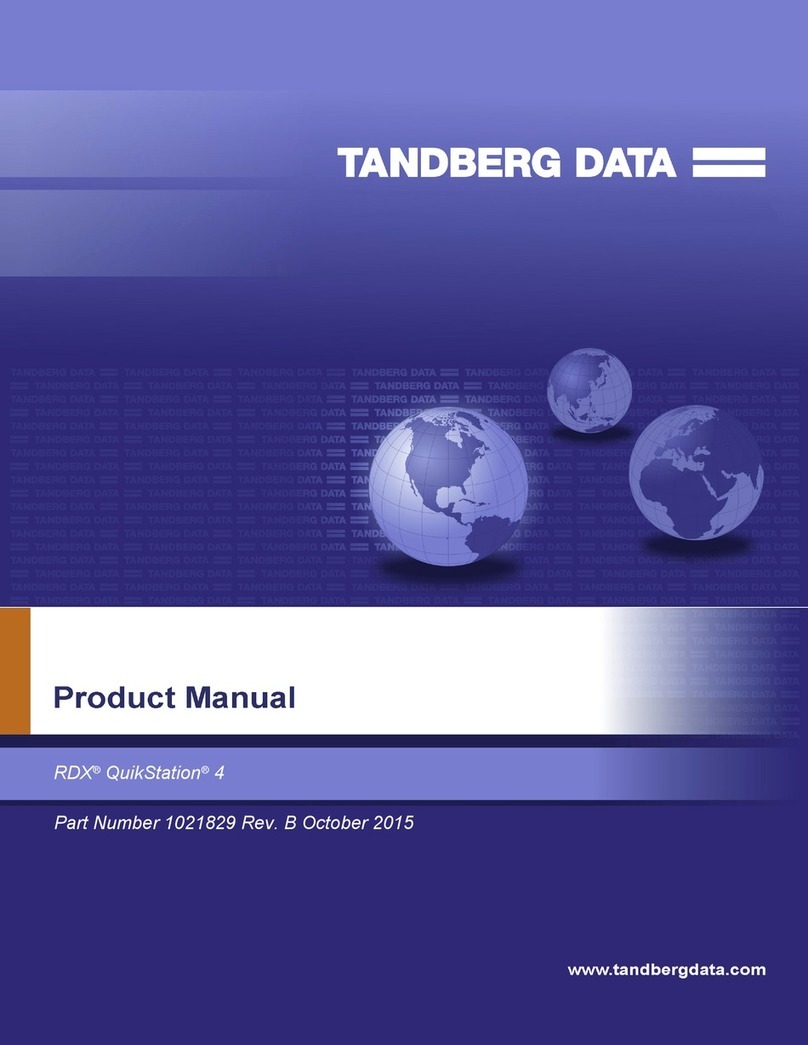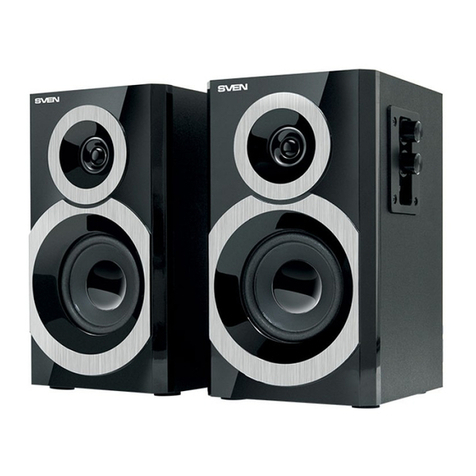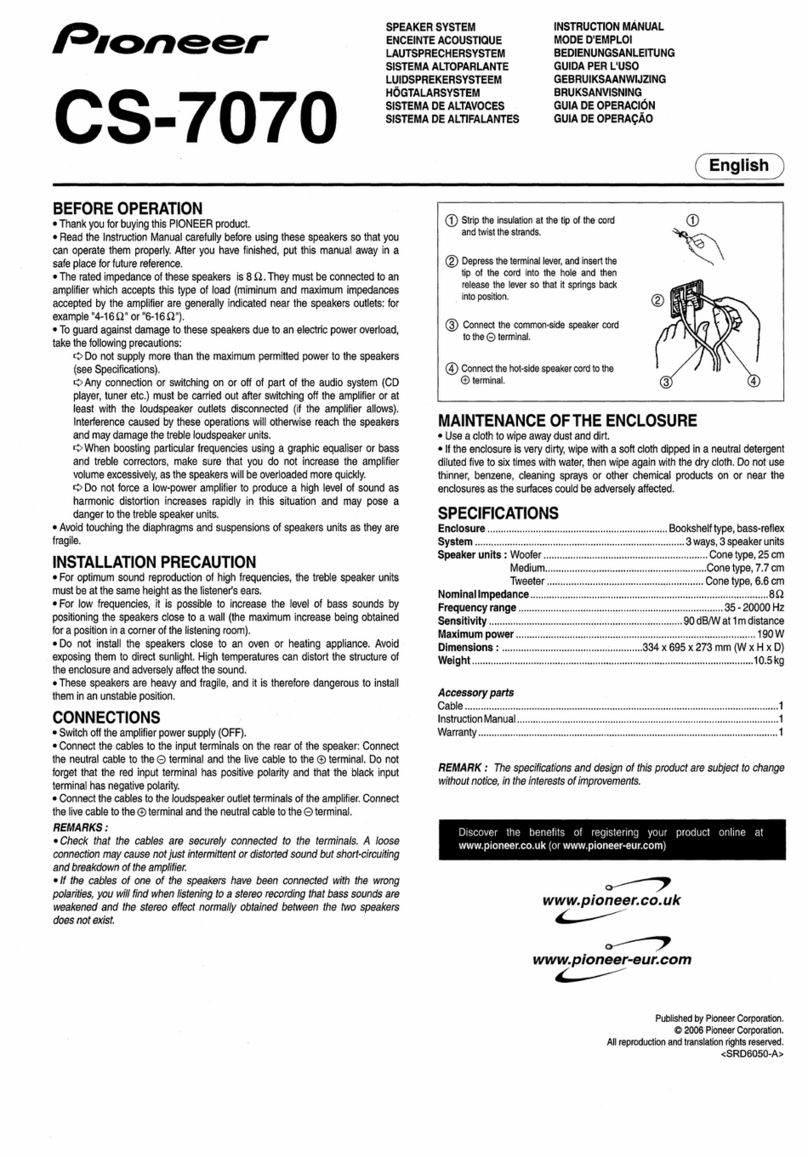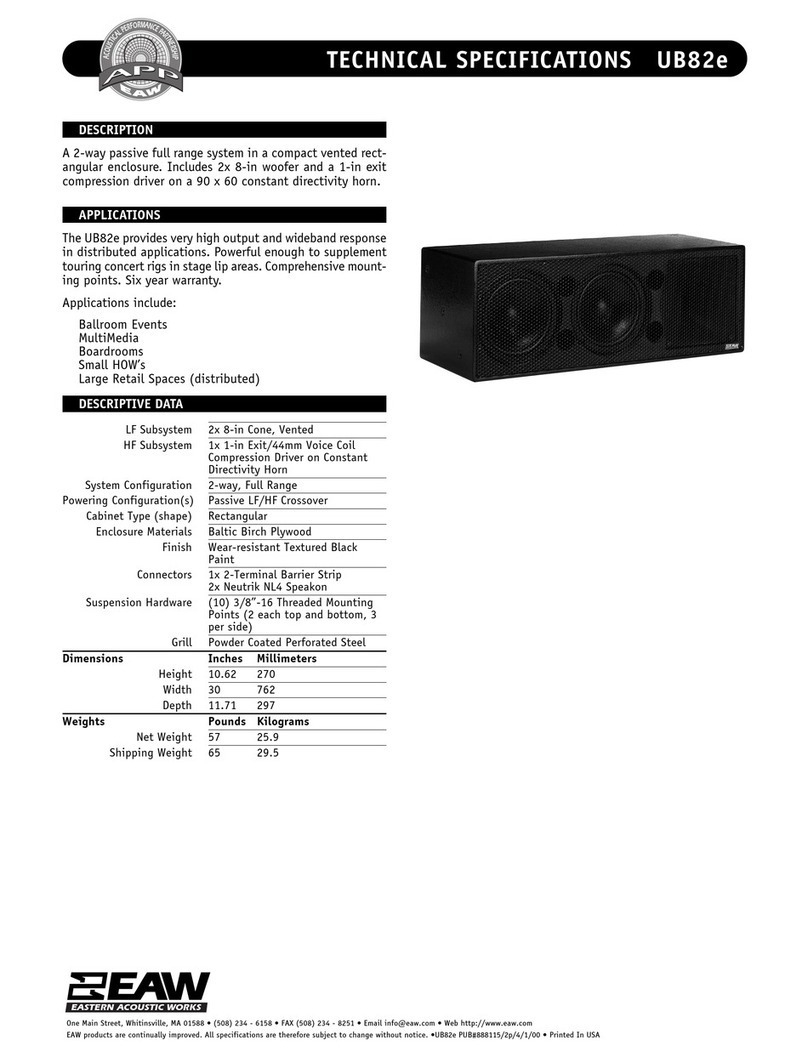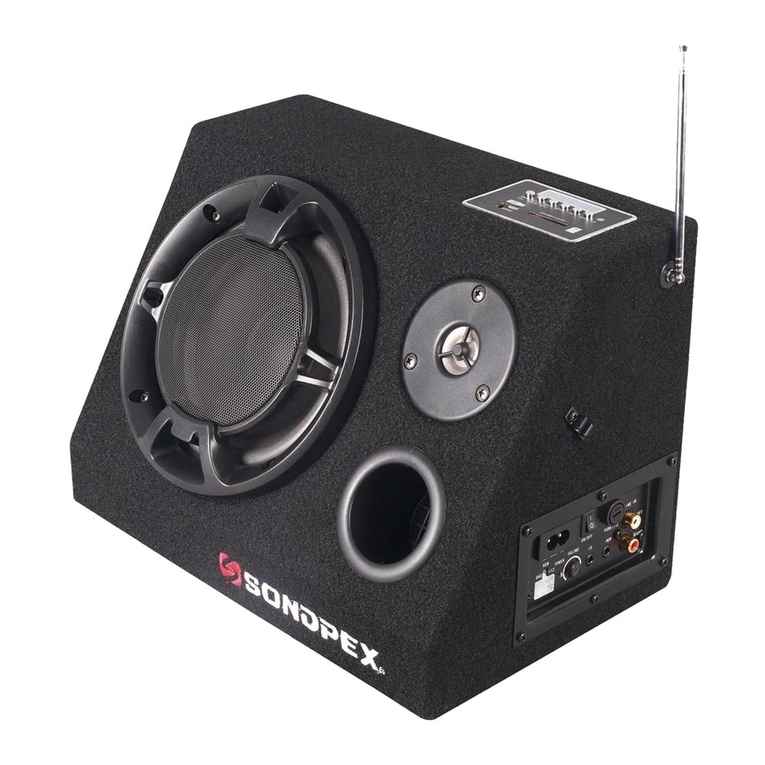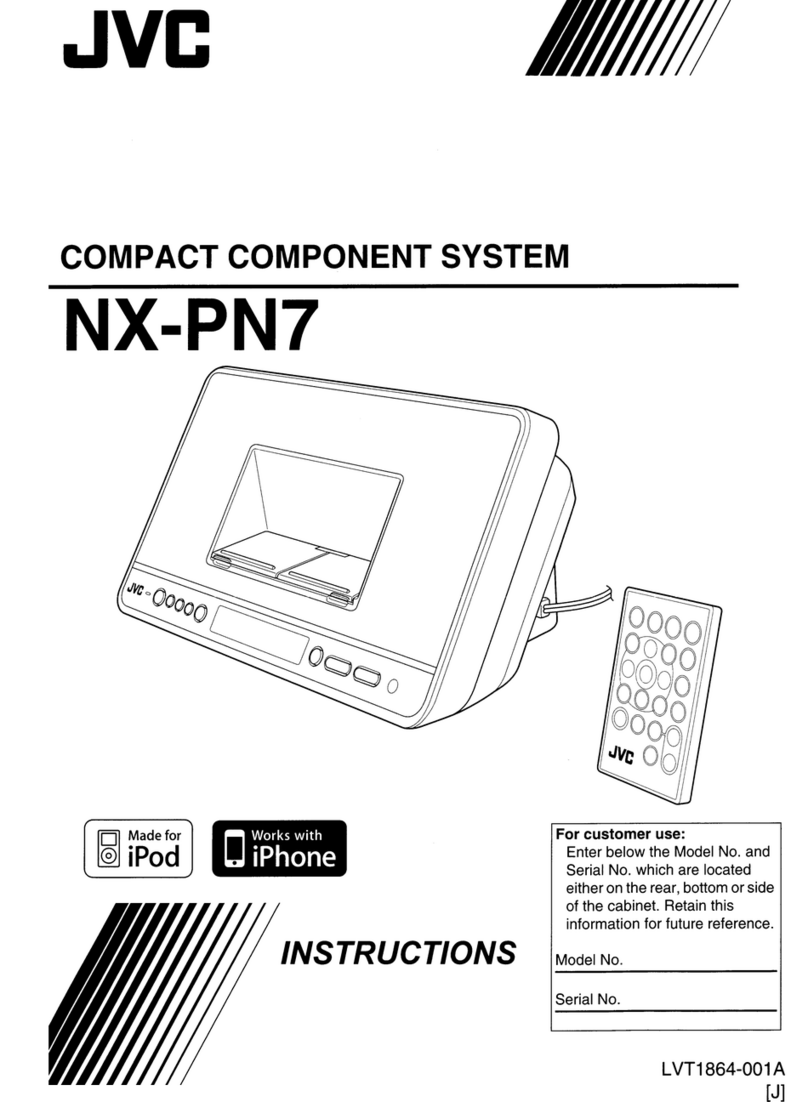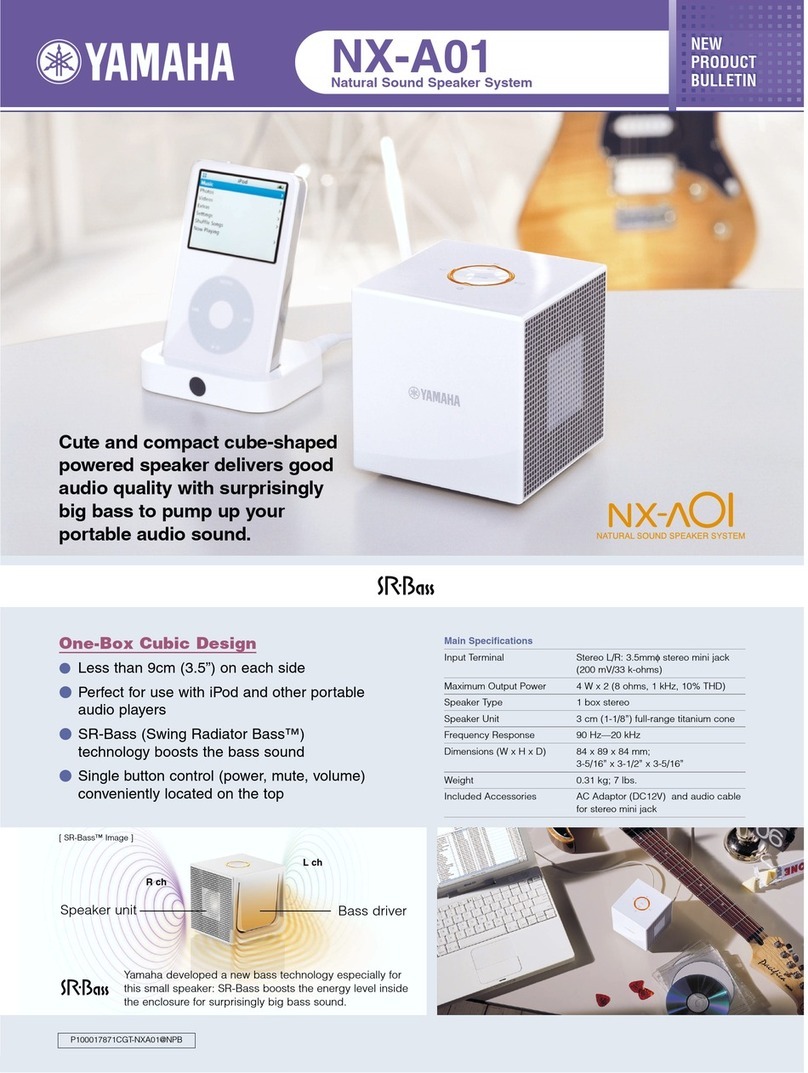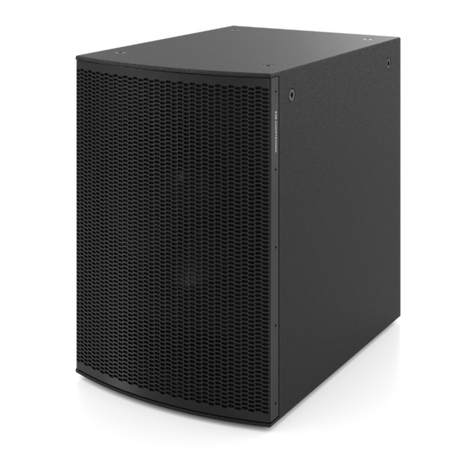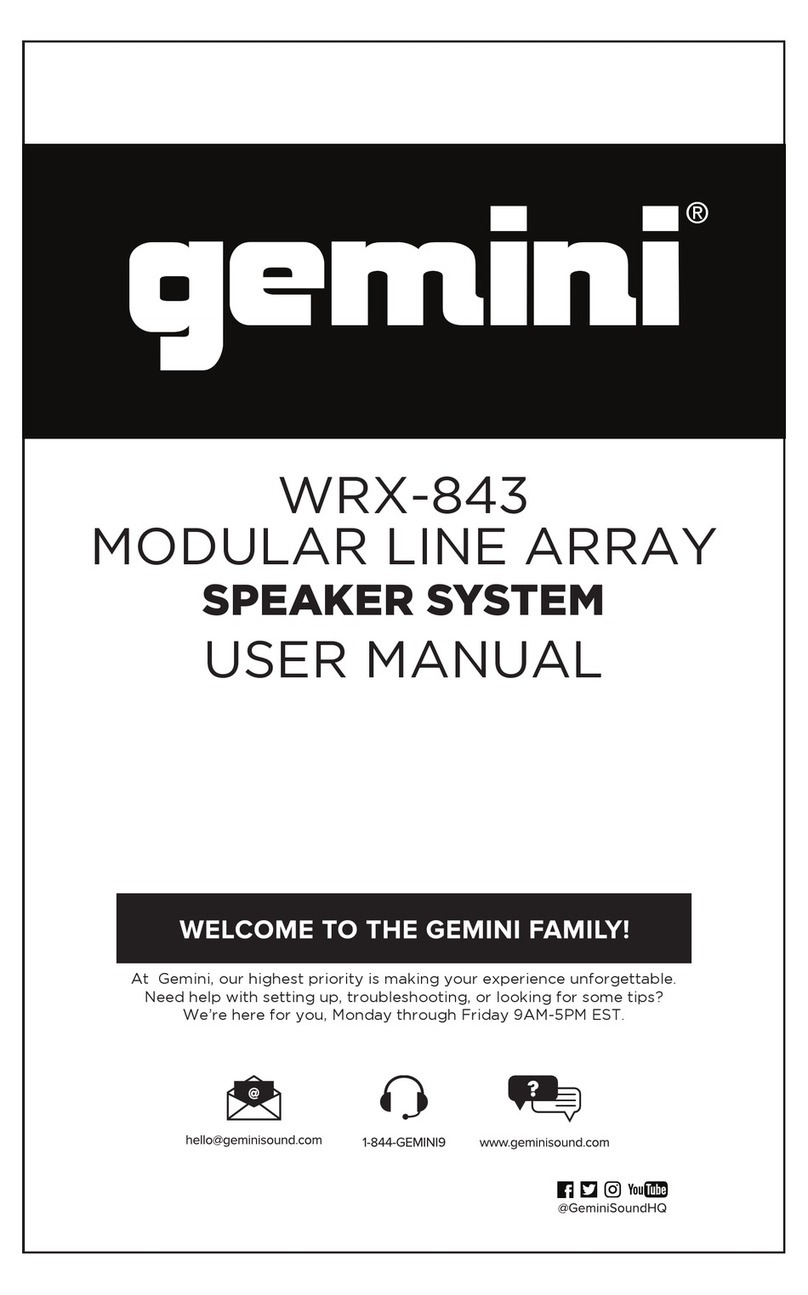Project Everest DD66000
9
For the first time, the rest of the sound reproduction chain – and not the
loudspeaker or its transducers – would impose limits on overall system
performance. Like the Paragon and Hartsfield, Project Everest was built
around compression driver technology and addressed a more refined stereo
image than was previously considered technically feasible.
Since the original Project Everest was introduced, sound recording and
playback technology has undergone a revolution of its own. With the advent of
the CD, extremely demanding recorded signals became the rule rather than the
exception – the typical source material used by the average audio enthusiast
became superior to the best demonstration material of even just a few years
prior. In overall dynamics and transient response, transducers became once
again a potentially weak link in the high-end audio reproduction chain.
It was in this environment that JBL set out to create its fourth and fifth Project
loudspeakers, K2 S9500 and K2 S5500. As with Hartsfield, the simplicity of a
two-way system was considered the most promising design track. Advances in
transducer design and low-frequency alignment would make possible the
construction of a two-way system of unprecedented physical and acoustical
scale. Our engineers took the core components – the low- and high-frequency
drivers – and optimized them by redesigning their magnetic structures,
diaphragms and framework for greater linearity, dynamic capability and
transient response.
In the years following the introduction of the K2 S9500 and K2 S5500, sound
reproduction technology underwent another series of revolutionary changes,
with the introduction of DVD-Video, Dolby®Digital, DTS,
®DVD-Audio and
Super Audio CD (SACD™). Frequency responses to 50kHz, as well as three-
digit dynamic range and signal-to-noise ratios, have now become commonplace.
In order to faithfully reproduce such robust sonic properties, the loudspeaker
needed to undergo drastic improvements to its transducer, network and
enclosure technologies.
The K2 S9800 employed a three-way design, incorporating an ultrahigh-
frequency (UHF) compression driver and horn to reproduce high frequencies
up to 50kHz. With the UHF driver handling the higher frequencies, the high-
frequency (HF) transducer could then be upgraded to a new design using a 3-inch
(75mm) diaphragm for better reproduction of lower frequencies and to blend
better with the woofer than the older generations’ 2-inch (50mm) diaphragm
